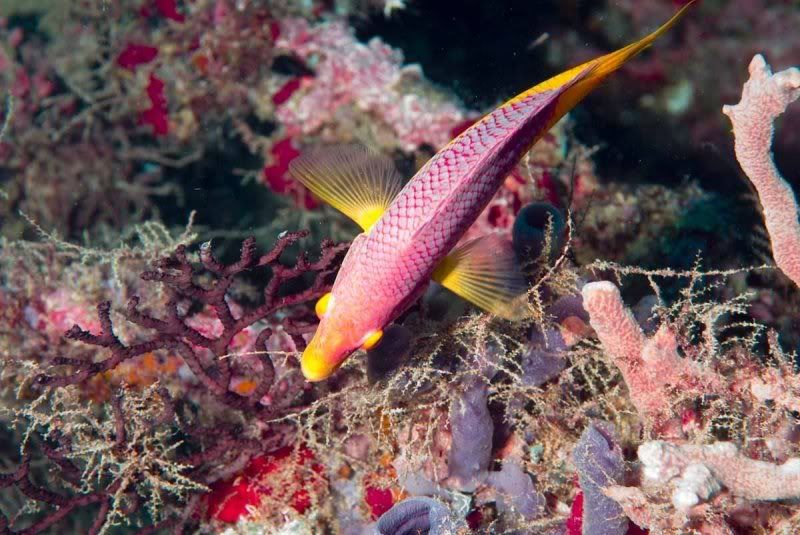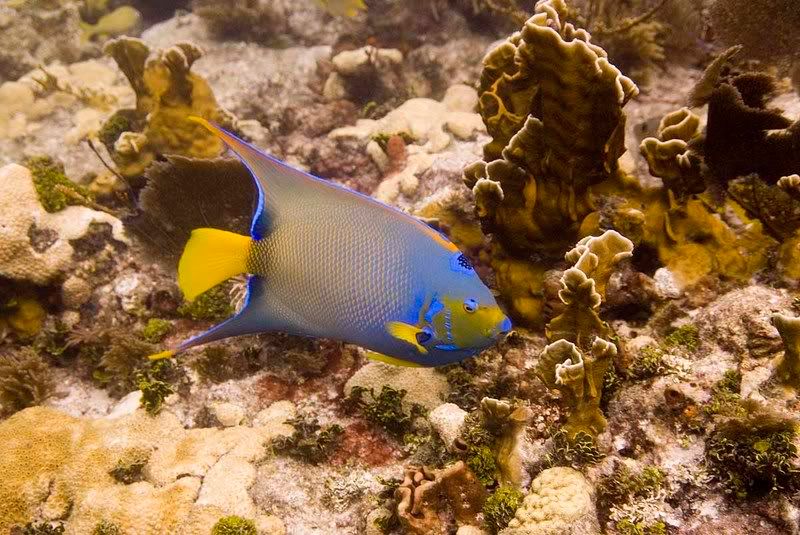AUTiger
Contributor
I'm new to dSLR cameras, having just bought my first (Nikon D80) and my first lenses (18-135 kit lense and a 60mm macro). I don't totally understand the differences between the styles of lenses.
Today's question is what is the difference between an 18-70 zoom lens zoomed out to 60mm and a dedicated 60mm macro lens?
Zoom:
Aperature of f/3.5-4.5
Minimum focus distance of 15"
Magnification (I guess at 70mm) of 1:6.2
Angle of view is 76 to 22 degrees
Macro:
Aperature of f/2.8
Minimum focus distance of 8.8"
Magnification of 1:1
Angle of view is 39 degrees
In writing this, I guess I've mostly answered my own question. A focal length of 60mm does not give the same results between the two lenses. Even at maximum magnification, the zoom still only gives 1:6.2, not even close to 1:1.
In real world applications, how small of a creature can I take a picture of with the zoom lense? With the macro, I can go as small as I wish, particularly with teleconverters or extension tubes (still learning about those - saw another thread about that topic).
Thanks for your comments and feedback. I think that an 18-70 lense will be my next purchase. I'm not ready to commit to a 12-24. My father-in-law is planning on buying one of those and he will lend it to me if needed. He also has a 105 macro. The 18-70 looks to be very practical for land and see.
David
Today's question is what is the difference between an 18-70 zoom lens zoomed out to 60mm and a dedicated 60mm macro lens?
Zoom:
Aperature of f/3.5-4.5
Minimum focus distance of 15"
Magnification (I guess at 70mm) of 1:6.2
Angle of view is 76 to 22 degrees
Macro:
Aperature of f/2.8
Minimum focus distance of 8.8"
Magnification of 1:1
Angle of view is 39 degrees
In writing this, I guess I've mostly answered my own question. A focal length of 60mm does not give the same results between the two lenses. Even at maximum magnification, the zoom still only gives 1:6.2, not even close to 1:1.
In real world applications, how small of a creature can I take a picture of with the zoom lense? With the macro, I can go as small as I wish, particularly with teleconverters or extension tubes (still learning about those - saw another thread about that topic).
Thanks for your comments and feedback. I think that an 18-70 lense will be my next purchase. I'm not ready to commit to a 12-24. My father-in-law is planning on buying one of those and he will lend it to me if needed. He also has a 105 macro. The 18-70 looks to be very practical for land and see.
David






